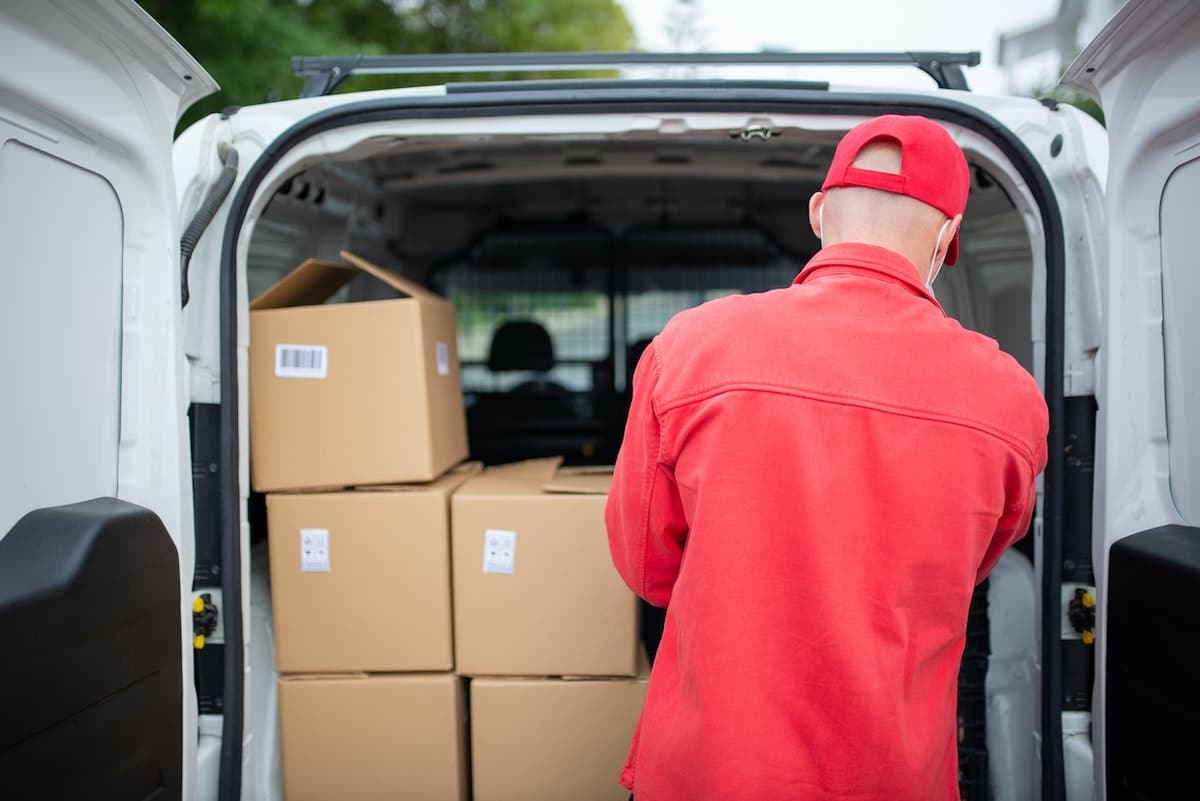Table of Contents
The spike in home deliveries is more than just a fad, but rather a transformational change in consumer habits.
This has created logistical issues for urban areas that were already facing congestion-related concerns. But thankfully various tactics and technologies are being deployed to allow the delivery boom to blossom without leading to drawbacks in other places.
Electrification & automation
One of the problems with rising numbers of deliveries being made to city dwellers is that the vehicles involved emit dangerous particulates and damaging gasses, creating a public health crisis and perpetuating climate change.
Overcoming this means moving towards electric vehicles (EVs) so that the vans carrying packages and parcels to doorsteps nationwide are not polluting the air as they pass by.
Automation is also going hand in hand with this drive for efficiency and eco-friendliness. For example, rather than relying on human-controlled vans and trucks, delivery services worldwide are experimenting with small-scale robotic solutions which don’t take up as much space on the road, or require combustion engines.
Route optimization
A core tenet of modern last-mile delivery solutions is route optimization, which basically means that drivers are fed the best possible route between their drop-off points in real time.
This reduces fuel consumption, saves time and prevents traffic from getting between customers and the products they’ve ordered.
Furthermore it means that delivery vehicles can be tracked and updates can be provided to everyone along the route, so that if delays do occur, notifications are sent out as necessary.
Extended scheduling
Trying to cram all deliveries into normal working hours isn’t ideal, not only because it means city streets are more packed with vehicles, but also as it is less convenient for customers who would previously have had to stay home to accept a package.
More companies are extending their delivery windows at either end of the day, allowing for early morning and late evening slots to be added as shift options.
This lets drivers skip congestion, affords the recipients of goods greater convenience, and even gives delivery workers more flexibility in the shifts they choose, so they can mold their job around their life, not vice versa.
Expanded collection points
This is another trend which has been around for a while, but deserve mention in this context. The more deliveries that can be made in one fell swoop, the less pressure the industry places on city infrastructure.
Enter third party collection points, whether in the form of a drop-off locker housed in a large retail outlet, or corner store that has its own pick-up process in place for locals.
Aside from the ease of use, and the fact customers don’t have to be available to take receipt of their delivery, it’s also more secure than doorstep drop-offs.
The return of the pedal-powered delivery
While cutting-edge tech is definitely helpful in some respects, there are other areas of the modern delivery movement which hark back to an earlier era.
Chiefly, the proliferation of bicycle-based delivery, and the gig economy that goes along with it, is breaking new ground by turning to tried and tested methods of transport which are well suited to urban areas.
Bicycle delivery riders can zip through congestion without being held up, and can reach places that those with vans cannot.
Of course it’s not all old-fashioned hardware that’s being used, because electric bikes are a big proponent of this particular trend, and owners should protect them if they are crucial to their career.
Wrapping up
The acceleration of delivery culture continues apace, and in the face of the sluggish process of city planning, it’s good to see that different, more impactful solutions are being used to keep the wheels turning.


